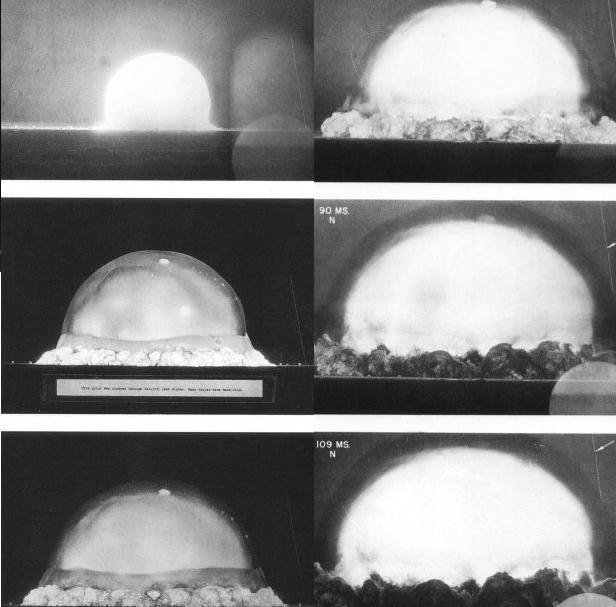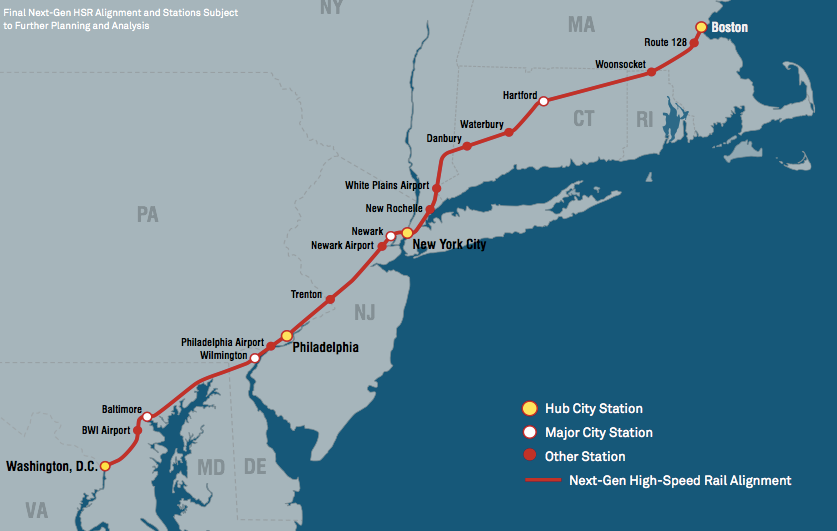“Punting the Pundits” is an Open Thread. It is a selection of editorials and opinions from around the news medium and the internet blogs. The intent is to provide a forum for your reactions and opinions, not just to the opinions presented, but to what ever you find important.
Thanks to ek hornbeck, click on the link and you can access all the past “Punting the Pundits”.
Follow us on Twitter @StarsHollowGzt
Paul Krugman: Policy and the Personal
A lot of people inside the Beltway are tut-tutting about the recent campaign focus on Mitt Romney’s personal history – his record of profiting even as workers suffered, his mysterious was-he-or-wasn’t-he role at Bain Capital after 1999, his equally mysterious refusal to release any tax returns from before 2010. Some of the tut-tutters are upset at any suggestion that this election is about the rich versus the rest. Others decry the personalization: why can’t we just discuss policy?
And neither group is living in the real world.
First of all, this election really is – in substantive, policy terms – about the rich versus the rest.
Tim Karr: Freedom = Censorship?
Think you have the right to speak freely via cellphones, websites and social media? Well, the companies that provide you with access to the Internet don’t.
The framers drafted the First Amendment as a check on government authority – not corporate power. But whether we’re texting friends, sharing photos on Facebook, or posting updates on Twitter, we’re connecting with each other and the Internet via privately controlled networks.
And the owners of these networks are now twisting the intent of the First Amendment to claim the right to control everyone’s online information.
The media’s ‘bad apple’ thesis no longer works. We’re seeing systemic corruption in banking – and systemic collusion
Last fall, I argued that the violent reaction to Occupy and other protests around the world had to do with the 1%ers’ fear of the rank and file exposing massive fraud if they ever managed get their hands on the books. At that time, I had no evidence of this motivation beyond the fact that financial system reform and increased transparency were at the top of many protesters’ list of demands.
But this week presents a sick-making trove of new data that abundantly fills in this hypothesis and confirms this picture. The notion that the entire global financial system is riddled with systemic fraud – and that key players in the gatekeeper roles, both in finance and in government, including regulatory bodies, know it and choose to quietly sustain this reality – is one that would have only recently seemed like the frenzied hypothesis of tinhat-wearers, but this week’s headlines make such a conclusion, sadly, inevitable.
Robert Kuttner: An Eminently Bad Idea
You may have noticed news items that a company called Mortgage Resolution Partners (MRP) is proposing to have strapped localities use the public power of eminent domain to deal with the problem of underwater mortgages.
Officials of San Bernardino County, California, where one home in two is worth less than the value of the mortgage on it, are very interested in the idea. (San Bernardino has just voted to file for bankruptcy). The New York Times’ Joe Nocera wrote a favorable column on the proposal, calling it the “last chance” to resolve the mortgage mess. [..]
But if using eminent domain as a way to address crisis in underwater mortgages is a promising idea, this particular scheme is not. For starters, MRP, a for-profit company, is not proposing to acquire vacant homes or even homes where residents have stopped paying on their mortgages. It wants localities to use eminent domain so that it can acquire performing mortgages.
Tom Engelhardt: Who Decided? How Did the U.S. Military Get Into Africa
Here’s an odd question: Is it possible that the U.S. military is present in more countries and more places now than at the height of the Cold War?
It’s true that the U.S. is reducing its forces and giant bases in Europe and that its troops are out of Iraq (except for that huge, militarized embassy in Baghdad). On the other hand, there’s that massive ground, air, and naval build-up in the Persian Gulf, the Obama administration’s widely publicized “pivot” to Asia (including troops and ships), those new drone bases in the eastern Indian Ocean region, some movement back into Latin America (including a new base in Chile), and don’t forget Africa, where less than a decade ago, the U.S. had almost no military presence at all. Now, as Nick Turse writes in “Obama’s Scramble for Africa,” U.S. special operations forces, regular troops, private contractors, and drones are spreading across the continent with remarkable (if little noticed) rapidity.


 One of the transit bloggers that I enjoy reading is Alon Levy who blogs his observations on a variety of transit topics at
One of the transit bloggers that I enjoy reading is Alon Levy who blogs his observations on a variety of transit topics at
Recent Comments